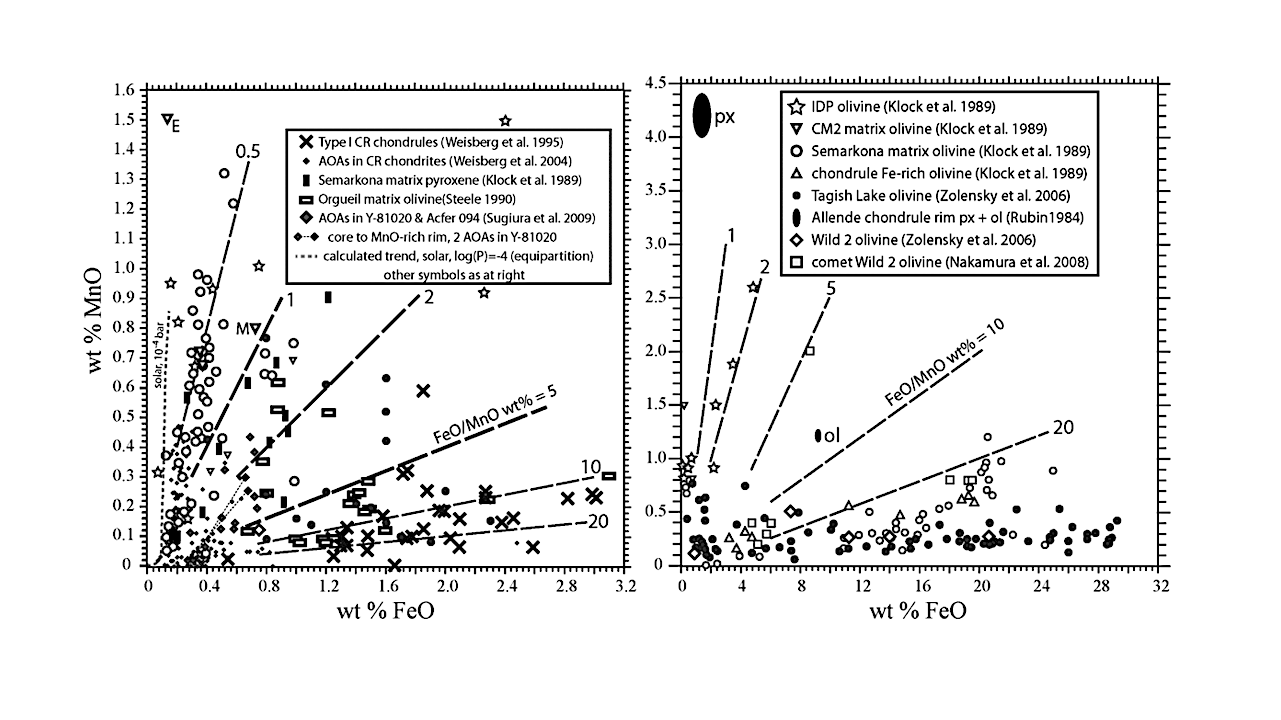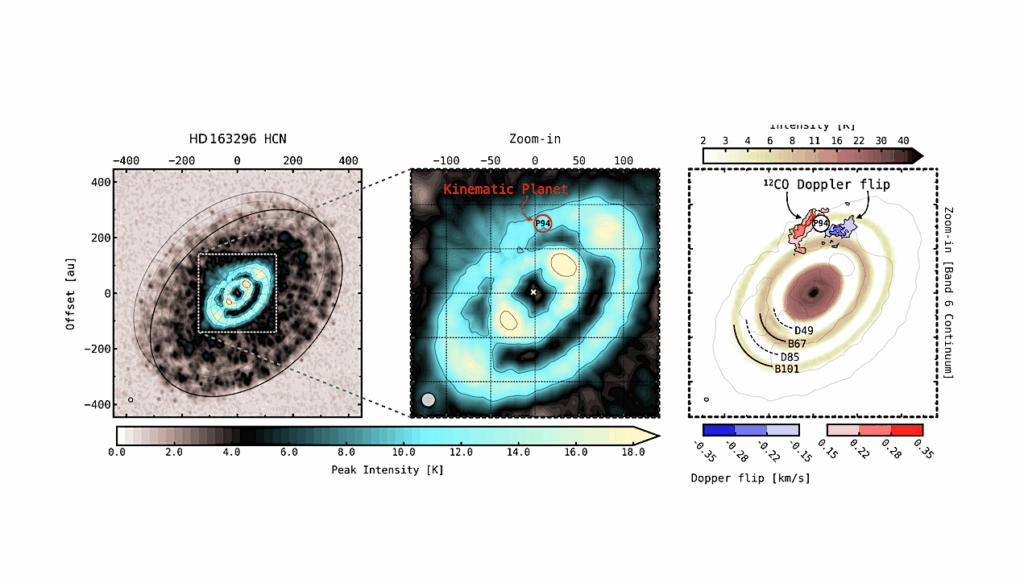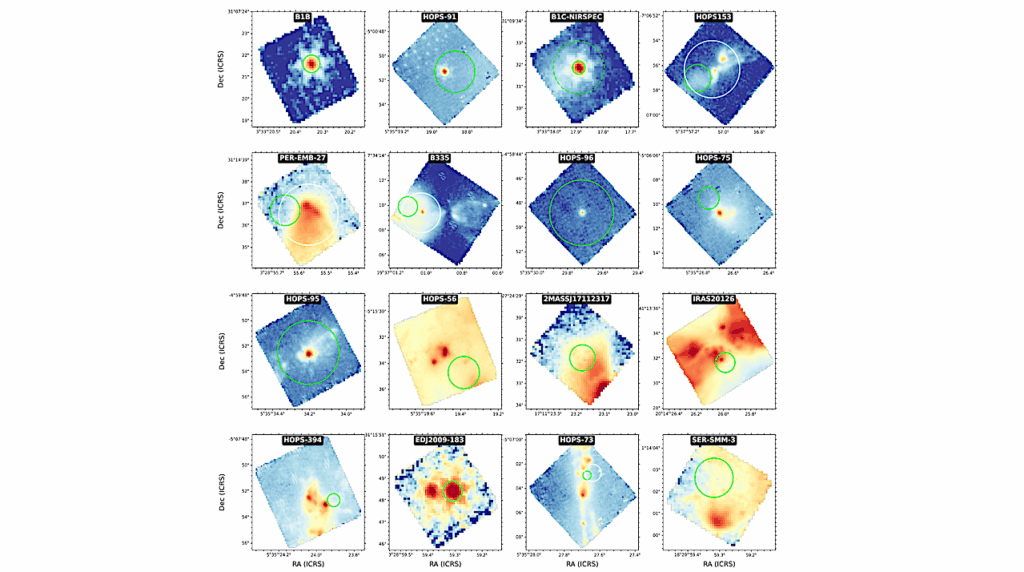Thermochemical Stability of Low-Iron, Manganese-Enriched Olivine in Astrophysical Environments

Low-iron, manganese-enriched (LIME) olivine grains are found in cometary samples returned by the Stardust mission to comet 81P/Wild 2. Similar grains are found in primitive meteoritic clasts and unequilibrated meteorite matrix.
LIME olivine is thermodynamically stable in a vapor of solar composition at high temperature at total pressures of a millibar to a microbar, but enrichment of solar composition vapor in a dust of chondritic composition causes the FeO/MnO ratio of olivine to increase. The compositions of LIME olivines in primitive materials indicate oxygen fugacities close to that of a very reducing vapor of solar composition.
The compositional zoning of LIME olivines in amoeboid olivine aggregates is consistent with equilibration with nebular vapor in the stability field of olivine, without reequilibration at lower temperatures. A similar history is likely for LIME olivines found in comet samples and in interplanetary dust particles. LIME olivine is not likely to persist in nebular conditions in which silicate liquids are stable.
Denton S. Ebel, Michael K. Weisberg, John R. Beckett
Comments: 15 pages, 5 figures
Subjects: Earth and Planetary Astrophysics (astro-ph.EP); Materials Science (cond-mat.mtrl-sci)
Cite as: arXiv:2307.00652 [astro-ph.EP] (or arXiv:2307.00652v1 [astro-ph.EP] for this version)
Journal reference: Meteoritics and Planetary Sciences 47, 585-593 (2012)
Related DOI:
https://doi.org/10.1111/j.1945-5100.2012.01347.x
Focus to learn more
Submission history
From: Denton Ebel
[v1] Sun, 2 Jul 2023 20:03:04 UTC (396 KB)
https://arxiv.org/abs/2307.00652
Astrobiology








